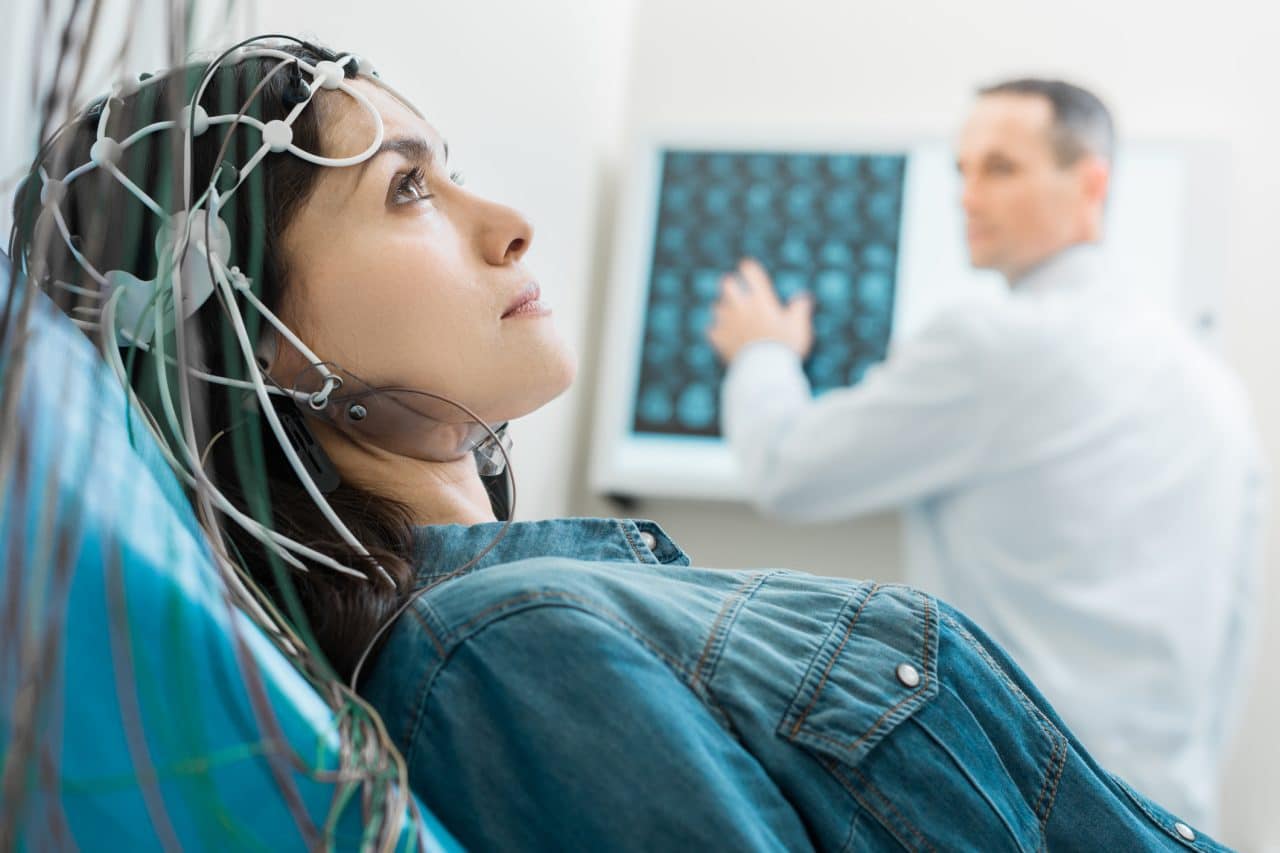Throughout the past several decades, the field of neuroscience has exploded with new findings. One theory that has become accepted in these years is that the cerebral cortex generates predictions, and in response, neurons in charge of sensory processing encode the difference between our predictions and reality.
The purpose of this post is to review how our ears and brains work together to help us hear, as well as what one study has shown about this topic.
How Do We Hear?

Our outer ear captures sound waves from the environment and funnels them through the ear canal to the eardrum. When the sound waves hit the eardrum, vibrations are created, which pass through three tiny bones in the middle ear called the malleus, incus and stapes. These vibrations then reach the fluid-filled cochlea within the inner ear, causing the fluid to move. This movement activates the tiny hair cells that line it, creating an electrical impulse. This electrical impulse travels via the auditory nerve to the brain, where it is interpreted as sound.
What Does the Study Show?
A 2020 study entitled, “Abstract rules drive adaptation in the subcortical sensory pathway,” and published in the journal Neuroscience was led by Dr. Katharina von Kriegstein, who was assisted by other researchers at TU Dresden.
For the study, the researchers used functional magnetic resonance imaging (fMRI) to measure the brain responses to sound of 19 participants. As each participant listened to a sequence of sounds, they were asked to identify one sound that deviated from the others, then their expectations were manipulated so they would expect the deviant sound during certain parts of the sequences.
According to the study authors, “The ultra-high-field functional-MRI data show that abstract expectations can drive the response amplitude to tones in the human auditory pathway. These results provide first unambiguous evidence of abstract processing in a subcortical sensory pathway. They indicate that the neural representation of the outside world is altered by our prior beliefs even at initial points of the processing hierarchy.”
The term predictive coding describes perception as a process of hypothesis testing, and it assumes that the brain is constantly generating predictions about what we will perceive in the world, like when we are at Rancho Santa Fe Field during a soccer game, and then the brain detects differences between the predictions and what actually occurs.
For more information or to schedule an appointment with a hearing expert, call Rancho Santa Fe Audiology today.
